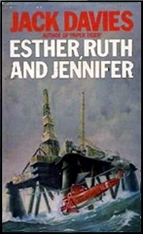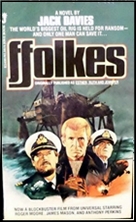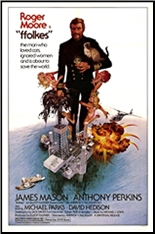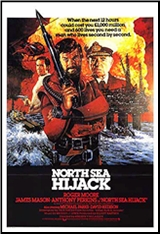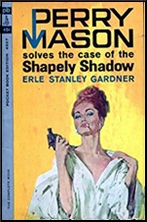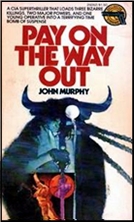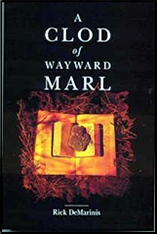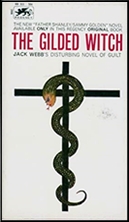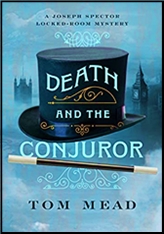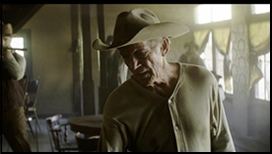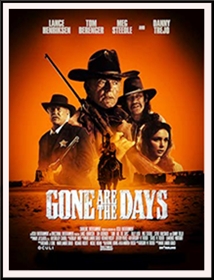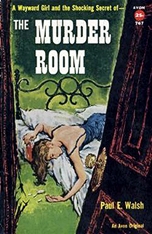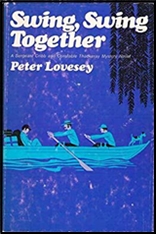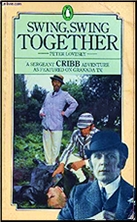Sun 23 Oct 2022
ICEBERG SLIM – Mama Black Widow. Holloway House, paperback, 1969, as by Robert Beck. Also published as by Iceberg Slim: Holloway House, UK, hardcover, 1992, and Holloway House, US, paperback, 1996, as well as several later printings. (Anything published by Holloway House has a complicated printing history; corrections gratefully accepted.)
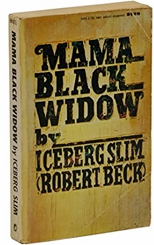
The nightmare life story of Otis Tilson, a Black drag queen born on a Mississippi plantation in the 20’s, living until the end of the 60’s in the Chicago ghettos.
In the intro, Iceberg Slim claims that the book is a transcript of a 1969 tape recording of the flamboyant drag queen Otis Tilson (Tillie). Now normally I don’t care if something is ‘true’ or ‘fiction’ as long as it’s good. And, to me, the difference between non-fiction and fiction is blurrier than we’d like to admit. But whatever. The only reason I bring it up is that if it is a work of fiction, one really can question what the point of it is. Oscar Wilde says: “We can forgive a man for making a useful thing as long as he does not admire it. The only excuse for making a useless thing is that one admires it intensely.†So what to make of something both unadmirable and useless?
On the other hand, if it’s just a life story, you might say, ‘it is what it is’. I disagree. One’s life is capable of interpretation just like anything else. Schopenhauer says somewhere that the main difference between the ‘great lives’ we read about in books and the boring lives we live are that we experience our lives in mediocre ways. That were we to experience our lives with great exuberance, verve, desire and will, our lives too would be of magnificent import. And in our life stories magnificent import we’d impart. Cf the films Birdman, Toto le héros, Kiss of the Spider Woman, or even The Secret Life of Walter Mitty or Harvey to see the ways that a crappy life can be redeemed with a bit of imagination.
Anywho. This one is unredeemable.
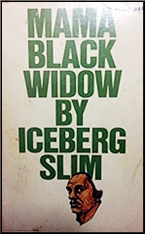
Otis’s father Frank makes his living as a cotton sharecropper and part-time preacher. His father ‘saves’ and marries the beautiful Sedelia, seducing her with the words of Jesus Christ, stealing her away from the brothel life in which she lived with her older cousin Bunny. The father is a strong, proud man, muscular and moral.
Sedelia’s beguiled by tales of indoor plumbing in the jewel bedazzled city of Chicago from cousin Bunny, who has moved there to strut her wares. Sedelia begs and begs then threatens and begs some more til her husband agrees to cash out the farm for $37, leaving the only life he’d ever known, and they move to Chicago.
In Chicago it’s just one disaster after the other. It’s the depression and Frank can’t find work. The trade unions are all whites-only. Praying to Christ for work to support his family, Frank fails. Sedelia starts sleeping with the rich preacher of the local church who drives a Cadillac and showers her with furs. Sedilia flaunts her infidelity in her husband’s face, driving him to drink, diabetes and death.
Meanwhile Otis, at age 9, is molested by a church deacon who promises him that any of his wishes will come true if only he brings tears of joy to his ‘magic wand’. Otis says: “Really? Can your magic wand give my father a job and make my parents stop fighting?†“Absolutely!†exclaims the deacon. But let’s keep it a secret just us two.
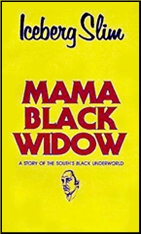
Otis’s sister Carol falls in love with a white chubby baker. But Sedelia has promised Carol to the local numbers shark in exchange for corned beef, jewels and hard cold cash. So when Mama Black Widow (i.e. Sedelia) finds out that 17 year old Carol is planning to elope with the baker and bear his child, Sedelia kicks her in the belly til she miscarries, cuts out the fetus with a razor blade, and throws it in the garbage can. Carol keeps crying ‘why’d you kill my baby’, gets up in the night to retrieve it from the trash, and bleeds to death in the bed clutching her dead fetus to her breast.
It only gets worse from there. Carol’s twin sister Bertha turns to whoring and is immolated by a john, and Frank Jr. avenges her death by killing Bertha’s white pimp, getting sentenced to life without parole.
Otis is only attracted to men. He dresses in drag, and he is quite beautiful. He picks men up at bars, and gets sodomized and beaten. Over and over again.
(SPOILER ALERT)
Then he kills himself.
Then End.
Good lord. Surely one of the bleakest books of all time. And as the title shows, he blames it all on his mother: The Black Widow.
Avoid at all costs unless you’re into self-flagellation. In which case: highly recommended. Also recommended anyone who believes that things couldn’t possibly get any worse.
